1. Mechanical component imbalance
After long-term operation, the fan, motor, or impeller may become worn or loose, leading to rotor mass imbalance, vibration, and amplified noise.
2. Insecure installation
An unstable foundation or loose pipe connections can cause resonance, which in turn increases noise.
3. Bearing and seal aging
Worn bearings or seals can produce frictional noise, especially in high-temperature environments.
4. Excessive flow rate causes cavitation
Mismatched inlet and outlet pipe diameters and excessive flow rates can easily cause cavitation noise and accelerate impeller damage.
How to check if a water pump is operating properly?
1. Pressure and flow testing
Use a differential pressure gauge or flow meter to measure the inlet and outlet pressure difference and actual flow rate to determine whether they meet the design values.
2. Temperature and noise monitoring
Observe whether the operating temperature rises abnormally and use a sound level meter to detect any abnormal noise to promptly identify bearing or seal problems.
3. Sealing and Leakage Inspection
Perform air pressure or vacuum sealing tests. Leakage should not exceed the standard limit (air pressure ≤ 9ml/min, vacuum ≤ 4ml/min).
4. Reliability Testing
Perform speed cycling, cold soak, thermal deformation, and hot and cold cycling tests in accordance with the JB/T8126 series of standards to ensure the pump maintains structural integrity even under extreme temperatures.


 English
English عربى
عربى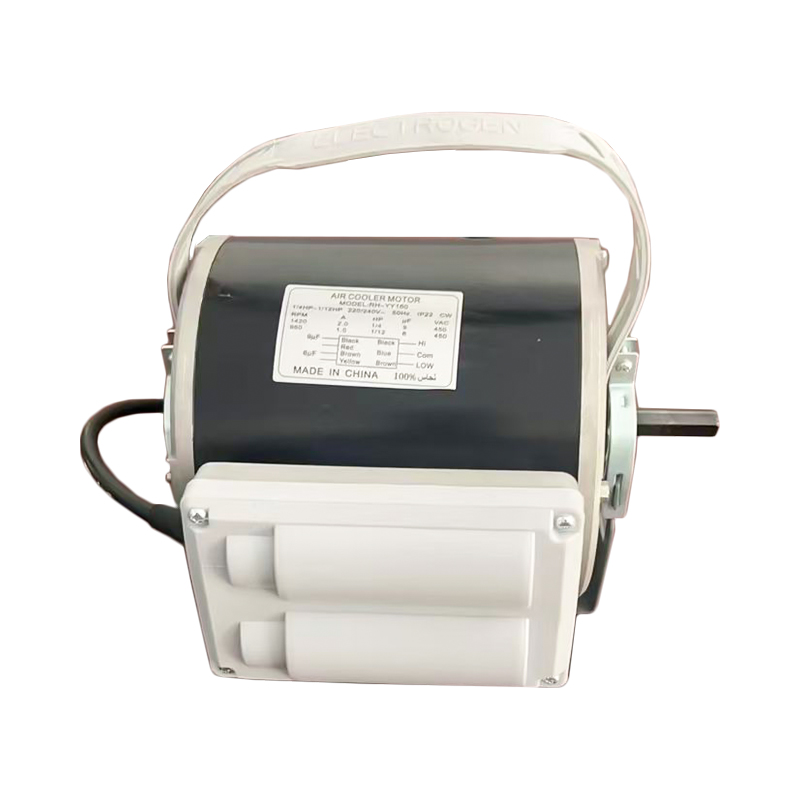
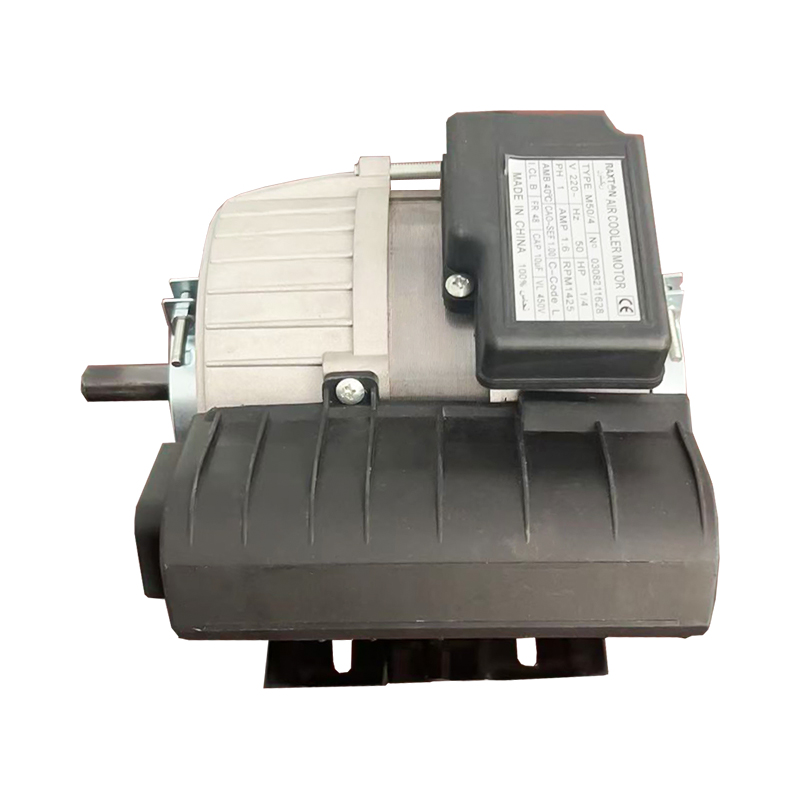
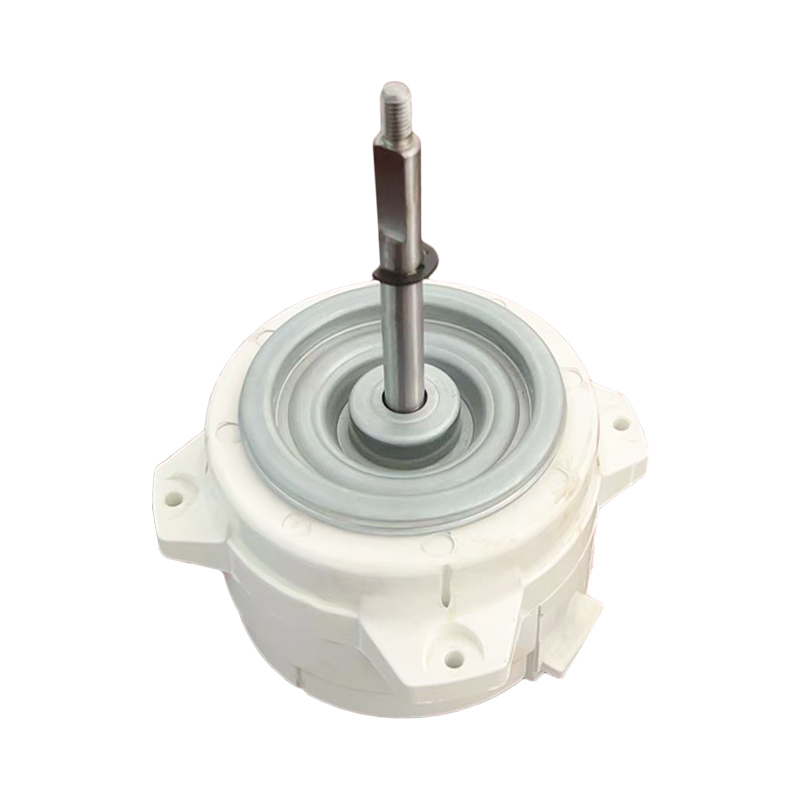

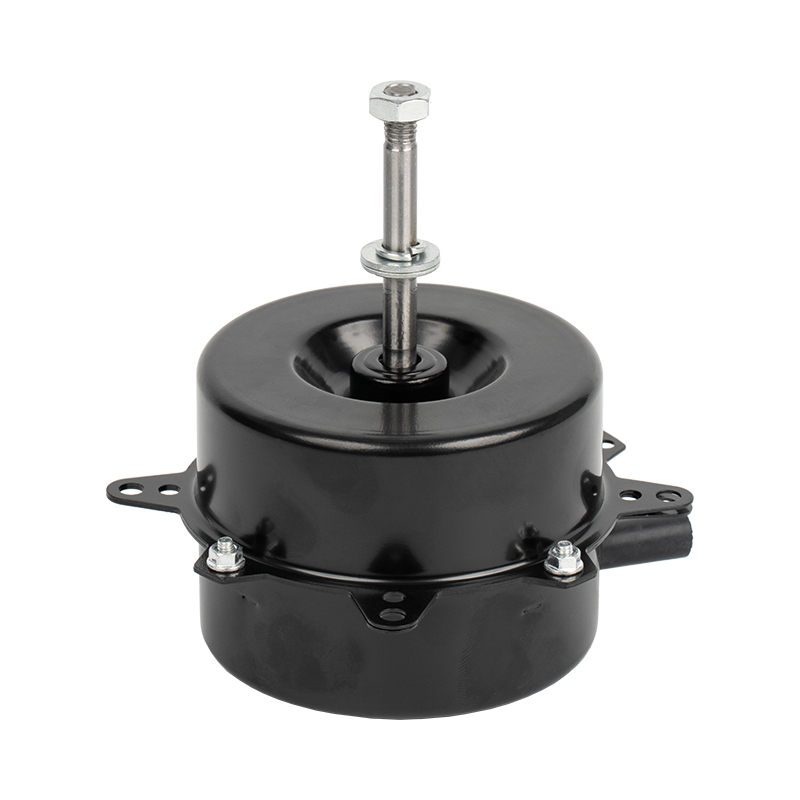
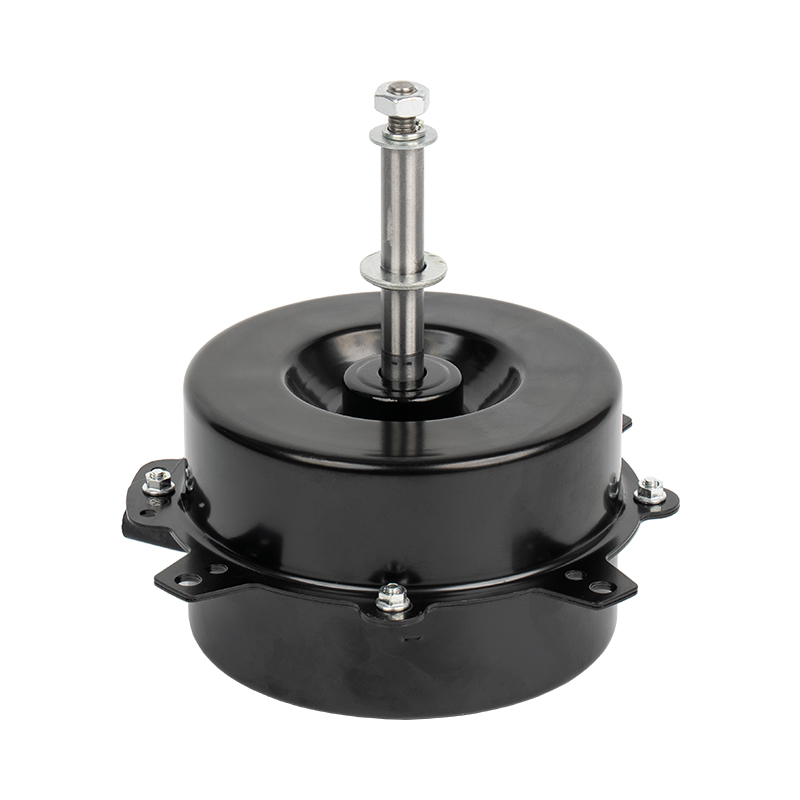
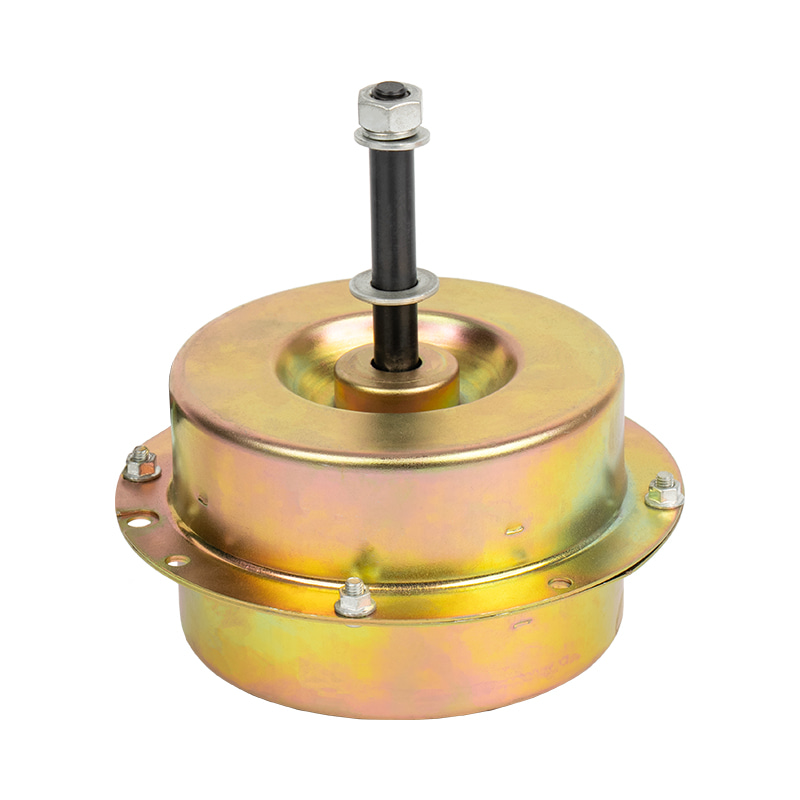
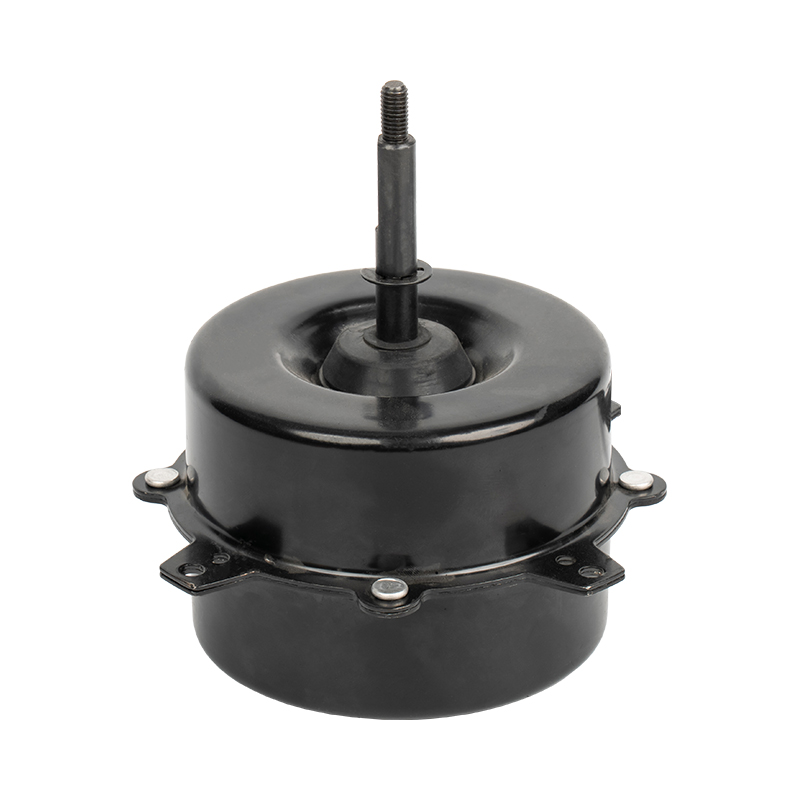
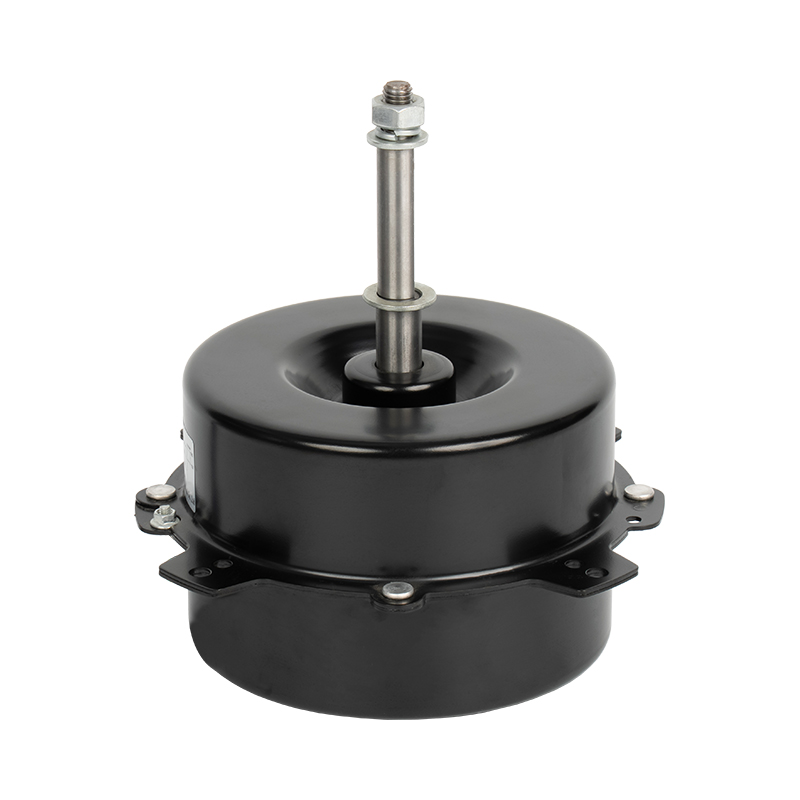
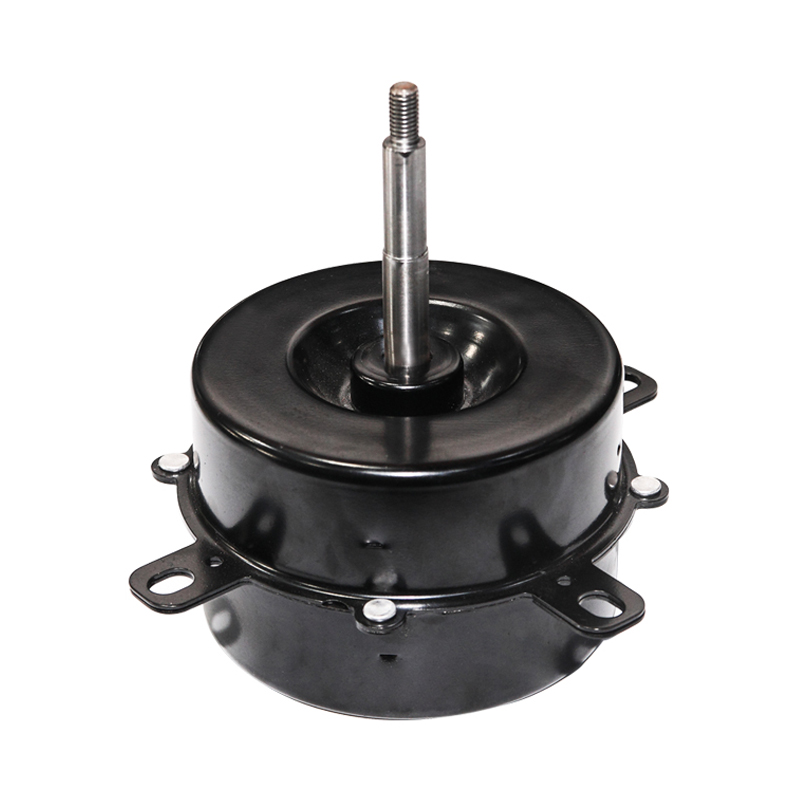
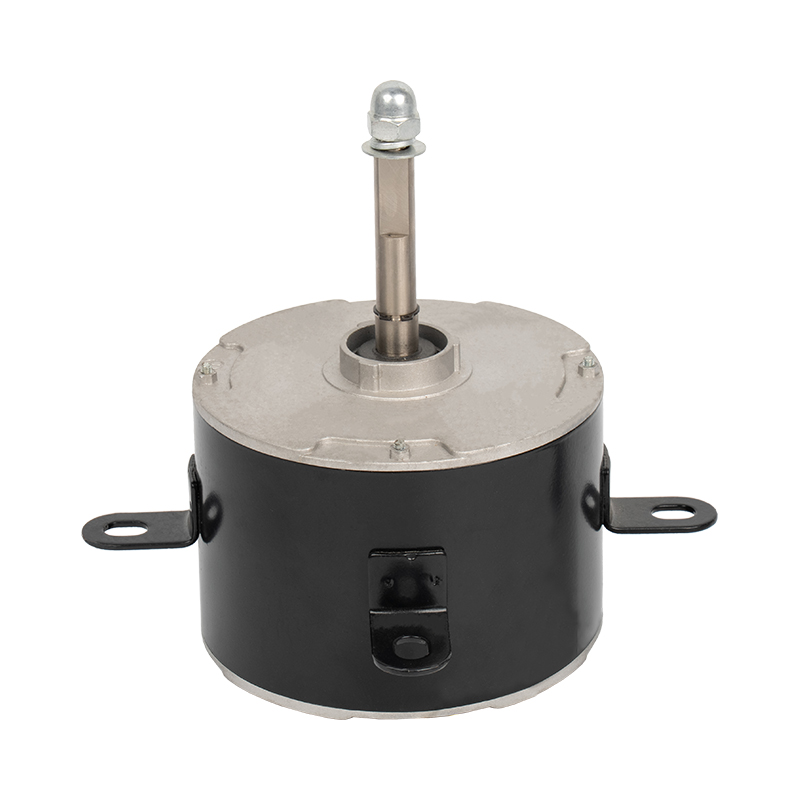



 Home
Home  Tel.: +86-13819807486
Tel.: +86-13819807486 Whatsapp:+86 13819807486
Whatsapp:+86 13819807486 E-mail:
E-mail: 



